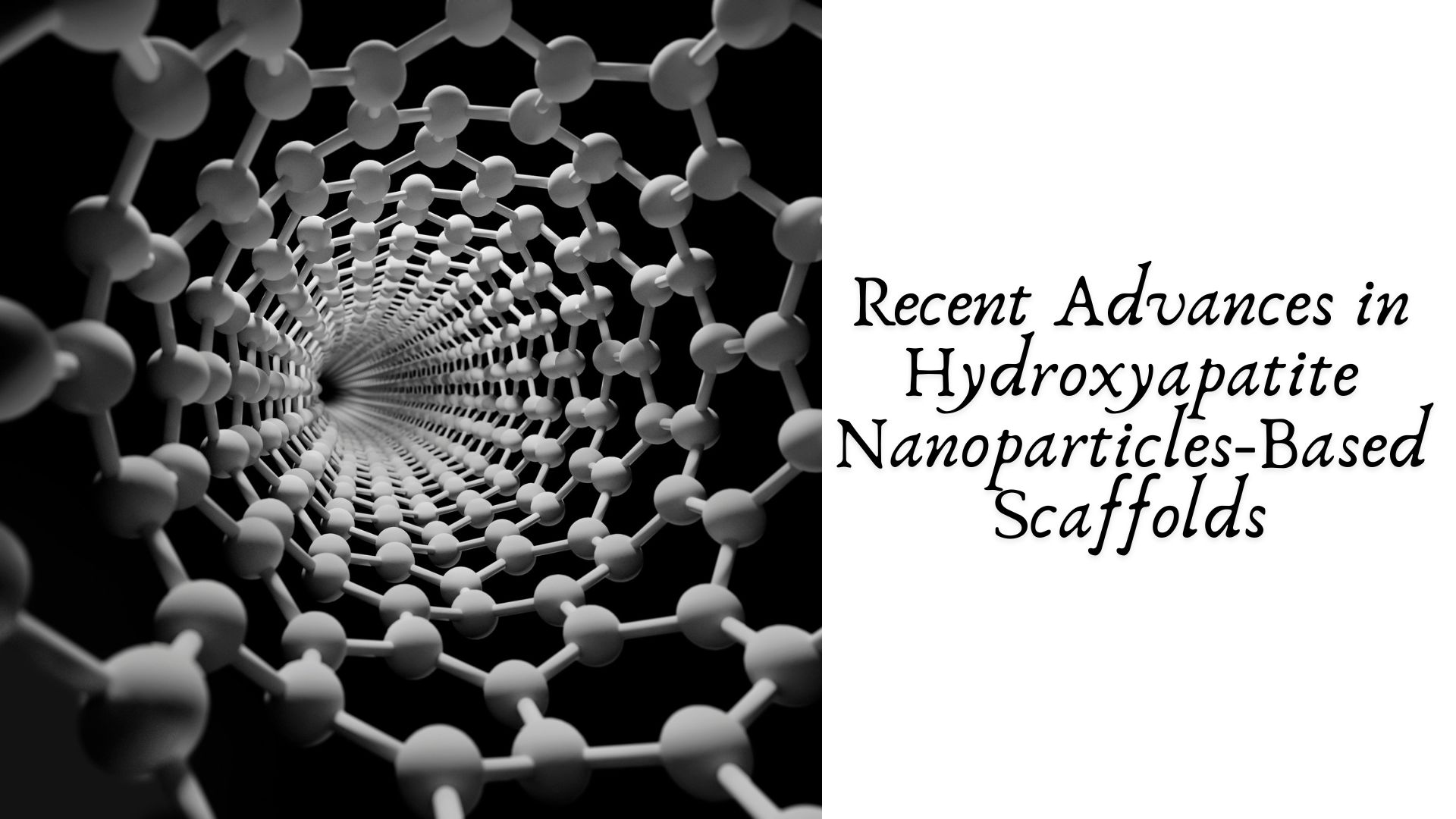Hydroxyapatite (HA), a naturally occurring mineral form of calcium apatite, has gained significant attention in biomedical engineering due to its exceptional biocompatibility, osteoconductivity, and chemical resemblance to the mineral component of human bones and teeth. The advent of hydroxyapatite nanoparticles (HANPs) has revolutionized the design of scaffolds for tissue engineering and regenerative medicine. Recent advancements in this field have unveiled new possibilities for creating scaffolds that mimic natural tissue, promote cell proliferation, and accelerate healing processes.
This article explores the latest innovations in HANP-based scaffolds, their fabrication techniques, and their transformative impact on healthcare.
The Role of Hydroxyapatite Nanoparticles in Scaffolds
Hydroxyapatite nanoparticles offer distinct advantages in scaffold engineering:
- Enhanced Mechanical Strength: The nano-sized particles integrate seamlessly with polymers or ceramics, reinforcing the scaffold structure while maintaining flexibility.
- Improved Cellular Interaction: Their nanoscale dimensions provide a large surface area, improving interactions with proteins and cells, essential for tissue regeneration.
- Bioactivity: HANPs facilitate the deposition of new bone minerals by mimicking the natural bone matrix.
- Controlled Degradation: The tunable degradation rates of HANPs allow scaffolds to adapt to tissue remodeling rates.
Fabrication Techniques for HANP-Based Scaffolds
Recent years have seen the development of advanced methods for fabricating HANP-based scaffolds. Key techniques include:
Electrospinning
Electrospinning creates nanofibrous scaffolds that mimic the extracellular matrix (ECM) of natural tissues. Incorporating HANPs into these fibers enhances their mechanical properties and bioactivity, making them ideal for bone and dental tissue engineering.
3D Printing
Additive manufacturing techniques, such as 3D printing, enable precise control over scaffold architecture. By integrating HANPs, researchers can fabricate highly customized scaffolds with improved osteoconductive properties and pore connectivity for cell infiltration and nutrient transport.
Freeze-Drying
Freeze-drying is used to create porous scaffolds with interconnected pores. HANPs enhance the scaffold’s structural integrity and provide sites for mineralization, crucial for bone tissue engineering applications.
Sol-Gel Processing
Sol-gel methods allow for the homogeneous distribution of HANPs within the scaffold matrix. These scaffolds exhibit high thermal stability and bioactivity, making them suitable for load-bearing applications.
Recent Innovations and Applications
Hybrid Scaffolds
Combining HANPs with polymers like poly(lactic-co-glycolic acid) (PLGA) or natural polymers like collagen has led to hybrid scaffolds with improved mechanical properties and cell affinity. These scaffolds are particularly effective for repairing large bone defects.
Functionalization with Growth Factors
Recent studies focus on functionalizing HANPs with growth factors, such as bone morphogenetic proteins (BMPs). These functionalized scaffolds promote osteoinduction, accelerating bone regeneration.
Magnetic Hydroxyapatite Nanoparticles
Incorporating magnetic nanoparticles into HANP-based scaffolds allows for remote stimulation using external magnetic fields. This innovation has opened pathways for controlled drug delivery and enhanced cellular activity.
Antibacterial Scaffolds
Infection remains a major challenge in implantable scaffolds. HANPs doped with antibacterial agents like silver or zinc oxide offer dual functionality—supporting tissue regeneration while preventing microbial infections.
Challenges and Future Directions
Despite significant progress, challenges persist in HANP-based scaffold technology:
- Scalability: Large-scale production of HANPs and scaffolds with consistent quality remains challenging.
- Cost: The complexity of fabrication techniques increases production costs, limiting accessibility.
- Long-Term Performance: Ensuring the long-term bioactivity and mechanical stability of scaffolds under physiological conditions requires further research.
Future directions include the integration of smart technologies, such as sensors within scaffolds for real-time monitoring of tissue growth, and the exploration of bioactive coatings to improve scaffold-tissue integration.
Conclusion
The field of hydroxyapatite nanoparticles-based scaffolds is evolving rapidly, driven by advancements in nanotechnology and material science. These scaffolds hold tremendous promise for revolutionizing regenerative medicine, offering effective solutions for complex tissue repair and regeneration. With ongoing research and innovation, HANP-based scaffolds are poised to address unmet clinical needs, shaping the future of personalized medicine and healthcare.
